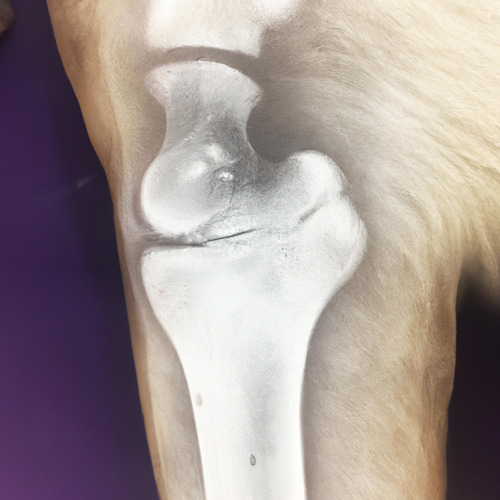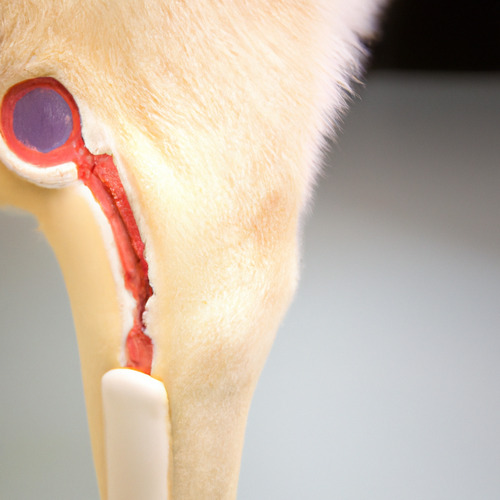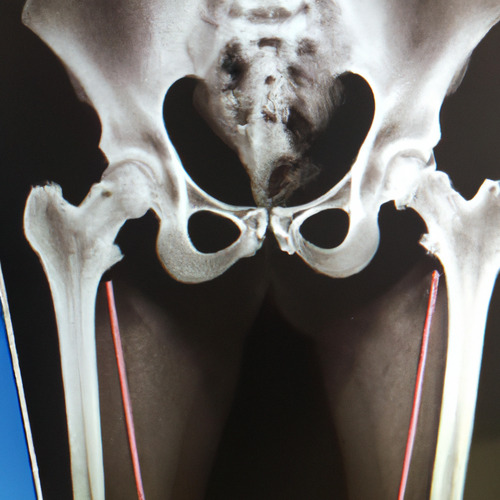Cataracts
health
The Symptoms and Treatment of Cataracts in Dogs
Dogs are our loyal companions, and just like us, they too can suffer from various health problems. One such condition is Cataracts in dogs, which refer to the clouding of the lens of the eye and can result in vision loss. In this article, we will learn about the early signs, symptoms, treatment, prevention, and prognosis of Cataracts in dogs, specifically for an audience with little information about dog illnesses.
Early Detection is Key
Cataracts in dogs can be challenging to detect in the early stages, but it's crucial to catch the condition as early as possible. Some early signs to look out for include:
- Increased sensitivity to bright light
- Changes in pupil size
- Decreased ability to see objects clearly
Understanding the Symptoms
As Cataracts continue to develop, they can cause various symptoms in your furry friend, such as:
- Blurred or hazy vision
- Difficulty in seeing objects, especially at night
- Increased clumsiness or bumping into things
- Increased eye discharge
Restore Your Dog's Vision
The only effective treatment for Cataracts in dogs is surgery. This involves removing the cloudy lens and replacing it with an artificial lens. The success rate of this procedure is quite high, and it can restore your dog's vision to a significant extent.
Reduce the Risk
Unfortunately, there is no way to prevent Cataracts from developing in dogs. However, you can reduce the risk by providing your dog with proper nutrition, maintaining a healthy weight, and avoiding eye injuries.
A Positive Outlook
The prognosis for dogs with Cataracts largely depends on the extent of the clouding and the age of the dog. If the Cataracts are detected early, and the surgery is performed promptly, the prognosis is generally good. In many cases, the restored vision can be nearly as good as it was before the onset of the condition.




